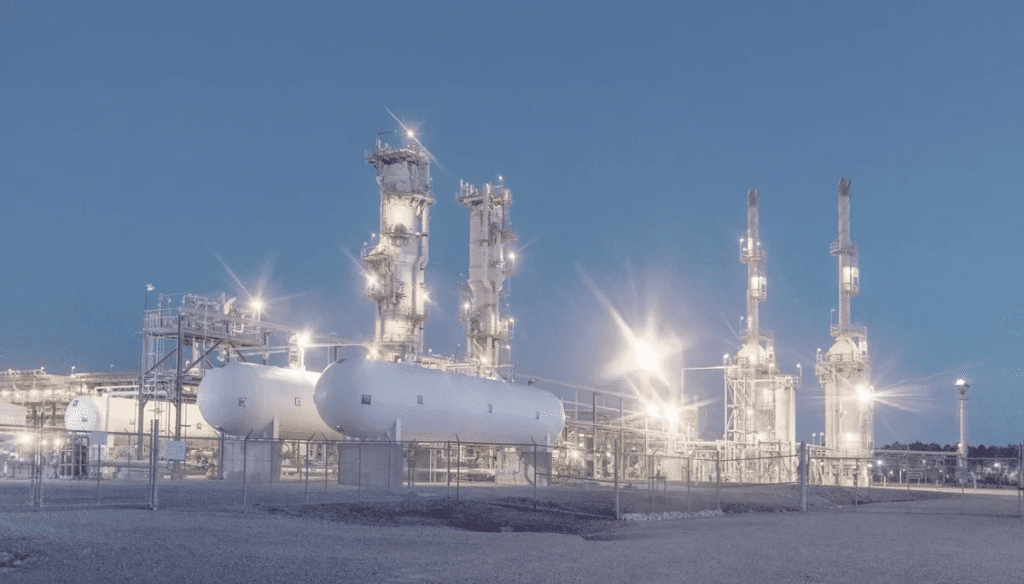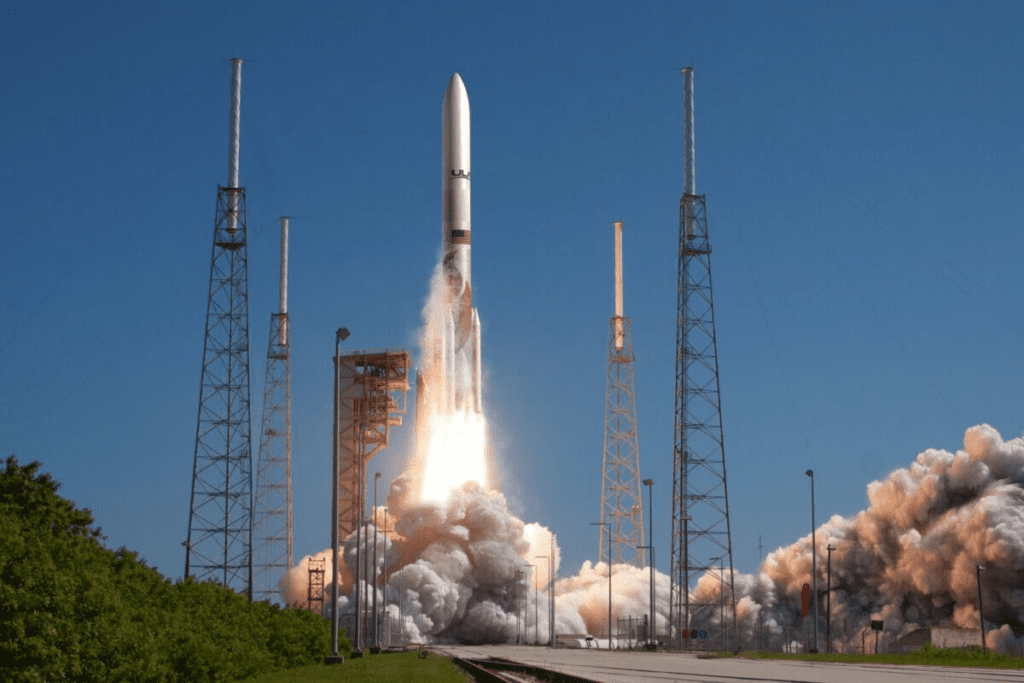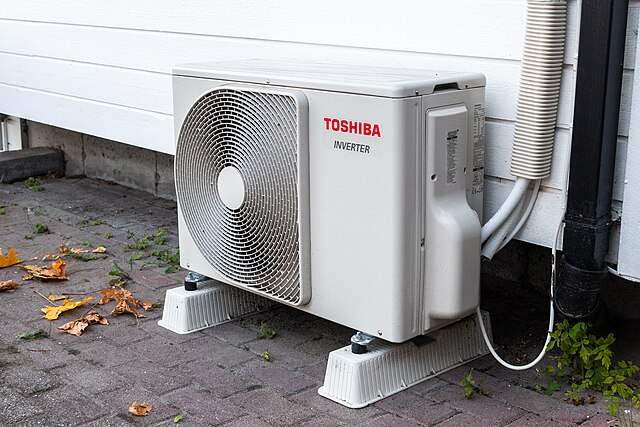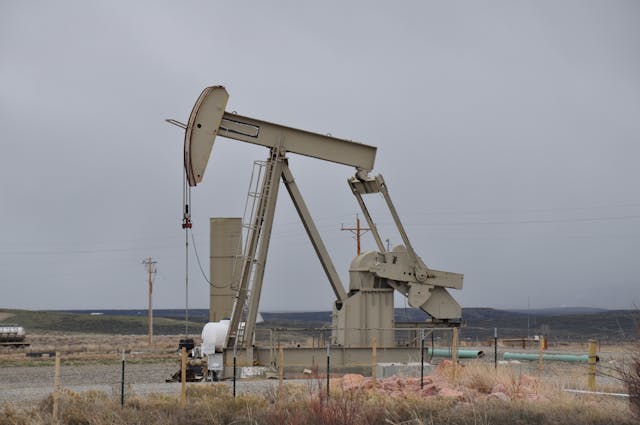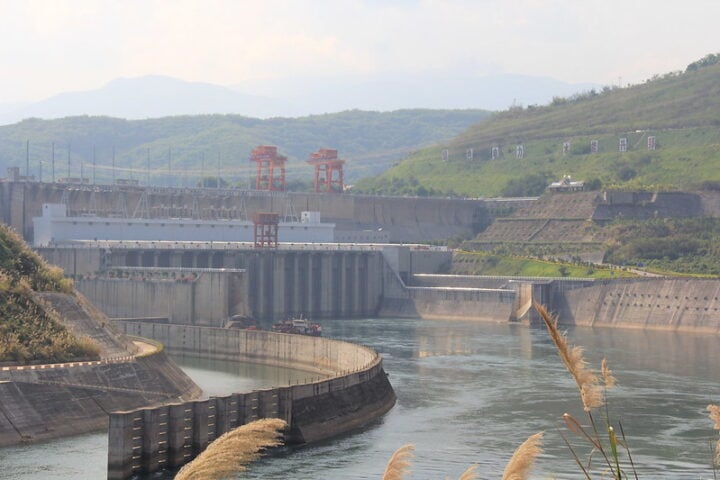South Korea initiated the preparatory work for the scheduled construction of its nuclear fusion reactor after 2035. South Korea plans to produce unlimited clean energy by 2050 and keep up with the international players same time. Fusion reactors produce enormous amounts of energy when two lighter nuclei combine to form a heavier nucleus. The process requires high temperatures and pressures to enforce the repulsing atomic nucleus close enough to bind them together.
Many countries are in a race to achieve limitless clean energy through nuclear fusion. It can be a game changer for humans and could change how everything works. The South Korean govt. is leading the research and development to acquire the technology for this big undertaking. As per the Ministry of Science & ICT, South Korea’s first reactor will have the ability to produce 500 megawatt electricity and will be 7 meters wide.
The International Thermonuclear Experimental Reactor (ITER) is currently in progress and will complete its experiments in fusion reaction around 2035. ITER is a joint project with the European Union, USA, Japan, China, Russia & India. ITER is exploring all the possibilities nuclear fusion can offer.
Yoo Suk-jae, president of the Korea Institute of Fusion Energy (KFE) addressed a press conference “If ITER succeeds in substantiating the feasibility of fusion power generation around 2035-38, a fusion power plant will be likely available around 2050,”
- Lepodisiran Injection Cuts Lipoprotein(a) by 94% in Trial
- NASA Astronauts Stranded 9 Months on ISS Due to Starliner Malfunctions
- South Atlantic Anomaly’s Expansion Poses Increased Risks to Satellites and Spacecraft Operations
- Ethiopian Airlines and Archer Aviation Partner to Launch Electric Air Taxi Network in Ethiopia
- Sydney Asbestos Mulch Crisis: 79 Contaminated Sites Lead to 102 Charges
“After the success in 2035, we will have to be ready to change our mode to designing and building at once,” he said. “The outline is about our action plan to get fully aware of all necessary technologies and process.”
“The competition to commercialize a fusion reactor around 2050 is intensifying,” Vice Minister Oh Tae-seog continued “We will do our best to secure core technologies for a fusion reactor on our own and seek international cooperation as well.”




